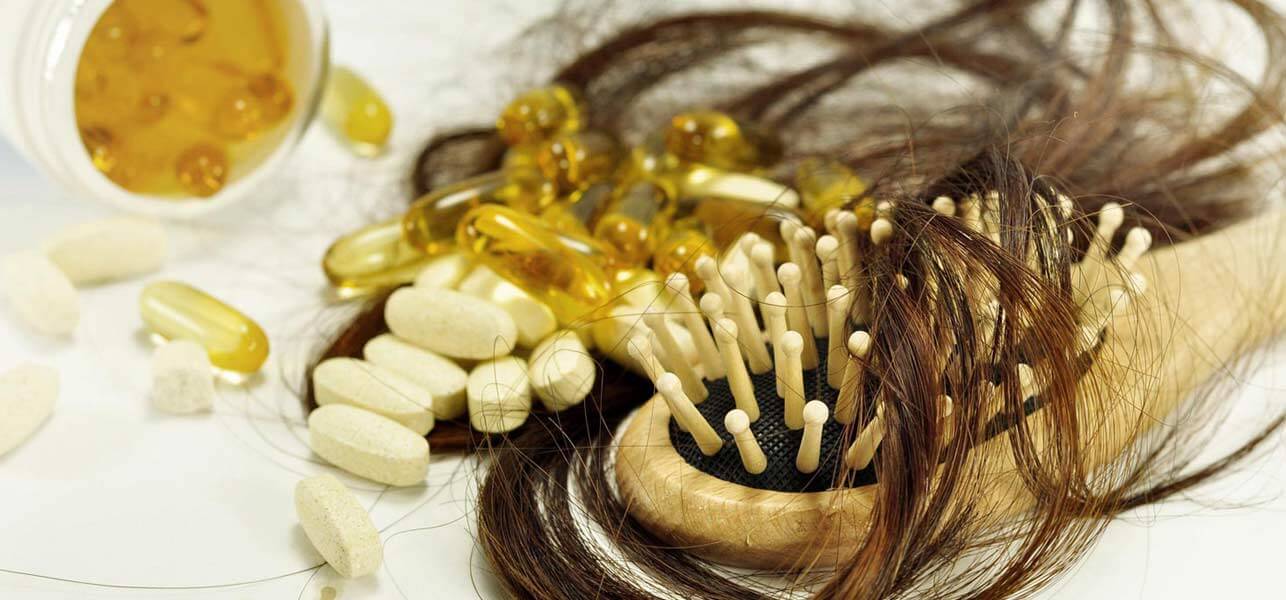Table Of Content

Hormonal status can affect hair loss and it should be considered when interpreting the clinical condition, too. To elucidate the role of vitamin D in FPHL and TE, additional large-scale trials are necessary [77]. In the aforementioned review articles, the researchers present their approach. Both groups test patients with iron studies, including serum ferritin. Both recommend treatment of ID, with or without anemia, with dietary sources and oral iron supplementation when necessary, with a goal of ferritin levels above 50 μg/L [16] or 70 μg/ml, respectively [20]. Reviewing previous studies (3-6, 8-12), the role of iron in hair loss appears untangled until now.
What to know about ferritin and hair growth
This reduced vitamin B12 level resulted in vitamin B12-related anxiety, causing some patient to stop treatment. However, a daily 200 µg vitamin B12 supplement corrected the reduced B12 concentrations. Interestingly, the reduction in vitamin B12 levels had no adverse effects on hair shedding or hair growth [49].
Crohn's and hair loss: Causes, tips, and outlook - Medical News Today
Crohn's and hair loss: Causes, tips, and outlook.
Posted: Thu, 28 Apr 2022 07:00:00 GMT [source]
Thinking about hair loss treatment?
The mane event: Hair loss from COVID-19 - UT Physicians
The mane event: Hair loss from COVID-19.
Posted: Tue, 17 May 2022 07:00:00 GMT [source]
MPHL was defined as non-scarring progressive miniaturization of the hair follicle with a usually characteristic pattern distribution in genetically predisposed men (15). MPHL patient was classified according to basic and specific (BASP) scale for further analysis (16). In 2006, an investigative study described gene expression specific to the bulge region of the hair follicle [116]. St. Pierre et al. [93] reviewed the literature for the function of genes that may be affected by fluctuating iron levels.
Check if you have iron deficiency anaemia
In a mouse model, reversal of ID led to restoration of hair growth [17]. A complete blood count (CBC) is a blood test that counts your platelets and your red and white blood cells. This test can only suggest iron deficiency anemia, because there are also other causes. Your healthcare provider will try to identify the cause based on your medical history and exam. You can also try consuming more foods with vitamin C––like grapefruit, oranges, peppers, and potatoes––as vitamin C is known to help the body absorb more iron.
action: 'healthbeat'
There is currently a lack of literature regarding the effects of supplementation in individuals without nutrient deficiency. Patients with hair loss often inquire whether nutritional supplements can help restore hair growth or prevent further hair loss. In fact, many will start dietary supplements without consultation in the hope that the supplements will help.

Indeed, people with iron deficiency anemia are six times more likely to have restless leg syndrome than the general population. A sore, swollen, or strangely smooth tongue may be a sign of iron deficiency anemia, as are cracks on the corners of your mouth. In cases of iron deficiency, your heart has to work especially hard to transport oxygen. Noticeable heartbeats, or heart palpitations, are another sign of iron deficiency anemia. Hemoglobin enables your red blood cells to carry oxygen around your body.
If you’re unsure about the right amount of iron to take, speak to a pharmacist or doctor. The average recommended daily amount of iron for men 18 and above is around 8.7mg. As women are more prone to iron deficiency, it’s recommended that they aim for about 14.8mg a day until the age of 50, and 8.7mg in the years after. While multiple nutrient deficiencies may result in hair loss (Table 1), screening for such deficiencies must be guided by the history and physical exam. Nutrient deficiencies may arise due to genetic disorders, medical conditions, or dietary practices.
Causes of Iron Deficiency Anemia
The authors found that there was no significant association between dietary, supplemental, or total vitamin D intake and risk of developing AA [69]. Vitamin D is a fat-soluble vitamin synthesized in epidermal keratinocytes [53]. Vitamin D obtained from the diet or synthesis in skin is inactive and needs to be activated enzymatically.
Alcoholism, malignancy, burns, infection, and pregnancy may all cause increased metabolism and excretion of zinc. The authors concluded that ingesting selenium is a supportive element in chemotherapy [119]. A recent review article evaluating biotin and its effect on human hair found 18 reported cases of biotin use on hair and nail. In ten of these 18 cases there was a genetic cause of biotin deficiency; the remaining eight patients had alopecia that was improved after they had taken biotin supplementation.
Dietary risk factors include vegetarianism, as bioavailability of zinc is lower in vegetables than meat [35]. Additionally, vegetarians typically consume more legumes and whole grains, which contain phytates that bind to zinc and inhibit absorption [35]. Iron deficiency (ID) is the world’s most common nutritional deficiency and is a well-known cause of hair loss.

Acute adverse effects include pain, vomiting, and diarrhea, while chronic effects include interaction with iron and reduced immune function [18]. Zinc is an essential mineral required by hundreds of enzymes and multiple transcription factors that regulate gene expression [26]. While the exact mechanism of action is unclear, one possibility centers on zinc’s role as an essential component of numerous metalloenzymes important in protein synthesis and cell division [27].
Typically, fat-soluble vitamin A is stored in the liver where its dispersal is tightly regulated by anabolic and catabolic reactions between the inactive and active metabolite. When levels of vitamin A are too high, the capacity of the transport system is exceeded and vitamin A spills over into the circulation [17]. Maintaining homeostasis—and by extension the proper concentration of active metabolite—is important for healthy hair [18]. Usually, the only way to prevent hair loss is to treat the underlying condition.
Folic acid is found in leafy greens and many foods are fortified with folic acid, making deficiency uncommon. Deficiency mainly results in megaloblastic anemia, without manifestation of hair loss. If iron deficiency leads to iron deficiency anemia, it can cause symptoms like weakness, dry skin and nails, and poor concentration. In severe cases, you may have heart palpitations and shortness of breath.
If your test results show low iron levels, you can treat it with iron supplements. You may experience a change in bowel movements as a side effect of the extra iron, so tell your doctor if you’re prone to upset stomach. CCCA and LPP fall under the umbrella of lymphocytic scarring alopecia.
However, serum ferritin levels may be raised in patients with inflammatory, infectious, and neoplastic conditions, and in those with liver disorders. Each study conducted to data has its own specific limitation, and the constraint of cost and lack of motivated funders for this research are significant limitations. A study of 312 patients with AA, male pattern hair loss (MPHL), FPHL, or TE showed that all groups had statistically lower zinc concentrations as compared to 30 healthy controls [38]. In patients with AA and low serum zinc levels, supplementation has been shown to have therapeutic effects [39]. For detection of ID, serum ferritin level can be used as a very early marker.





















